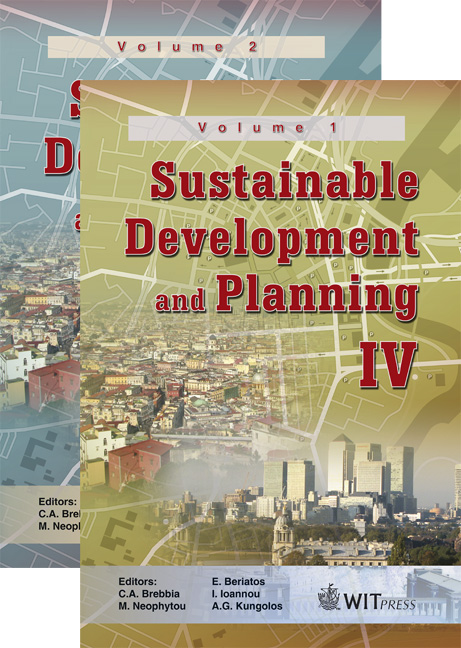Recycling Of Vulcanized Waste Rubber Through Halogenations And Amination Chemical Reactions
Price
Free (open access)
Transaction
Volume
120
Pages
9
Page Range
875 - 883
Published
2009
Size
505 kb
Paper DOI
10.2495/SDP090822
Copyright
WIT Press
Author(s)
Y. A. Aggour, A. S. Al-Shihri & M. R. Bazzt
Abstract
Pollution of the environment with scrap vulcanized rubber causes significant problems, due to the rubber’s resistivity to natural conditions. This work deals with the chemical modification of waste vulcanized rubber, especially scrap tires, using chlorination and amination reactions. Chlorination of scrape-powdered tires was carried out in an aqueous and in a non-aqueous medium, passing through a continuous stream of Cl2 gas. A high yield of chlorinated waste rubber is obtained in the case of the aqueous medium using HOCl and HClO4 solutions. Amination reactions of the highly chlorinated waste rubber sample were achieved, using different primary, secondary and tertiary amines at 150, 175 and 200 ºC, for two and three hours respectively. Characterizations of recycled waste rubber are performed using the IR, DSC, and SEM methods. A suggested mechanism of the reactions has been given. Keywords: waste rubber, chemical modifications, recycling, thermal characterization. 1 Introduction Recently, recycling of waste materials has become of growing importance for all industries in the world. Rubber products, such as those used in the automotive and transportation industries, are the biggest consumers of new rubber. Vehicular tires constitute the most important single items in terms of volume. In
Keywords
waste rubber, chemical modifications, recycling, thermal characterization.





